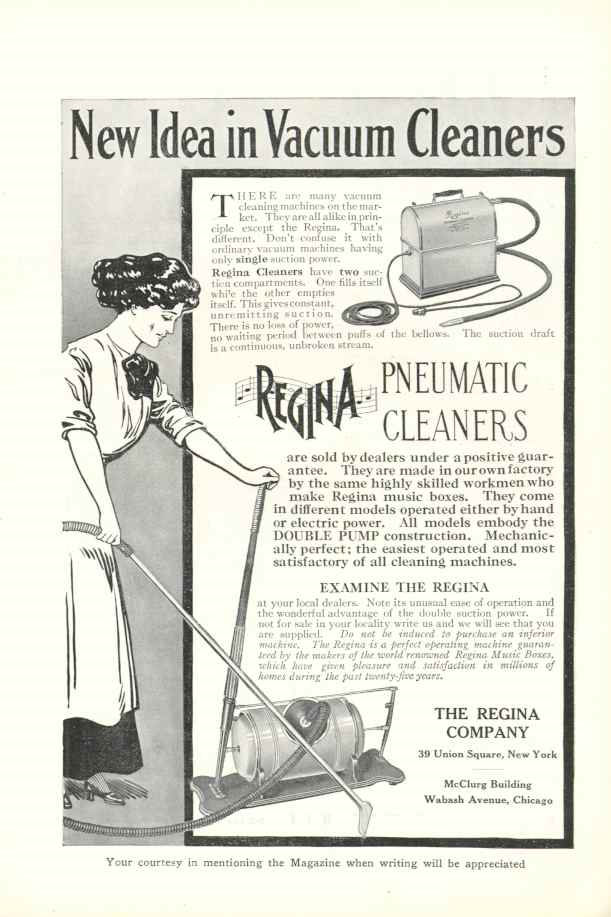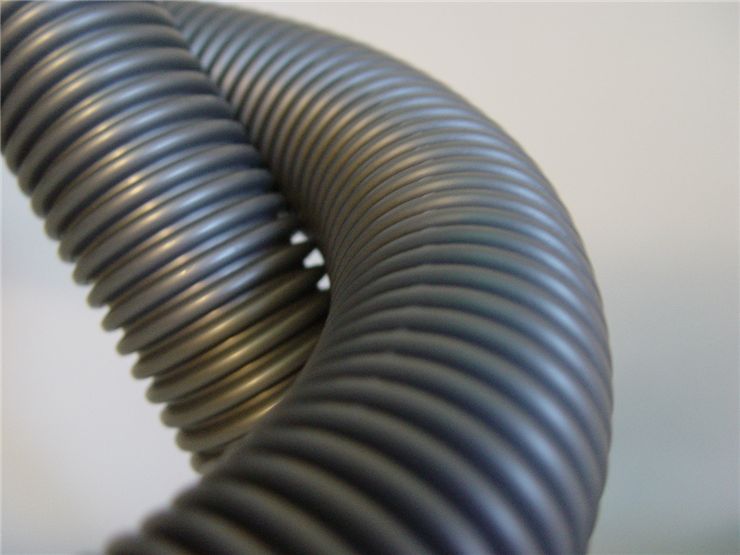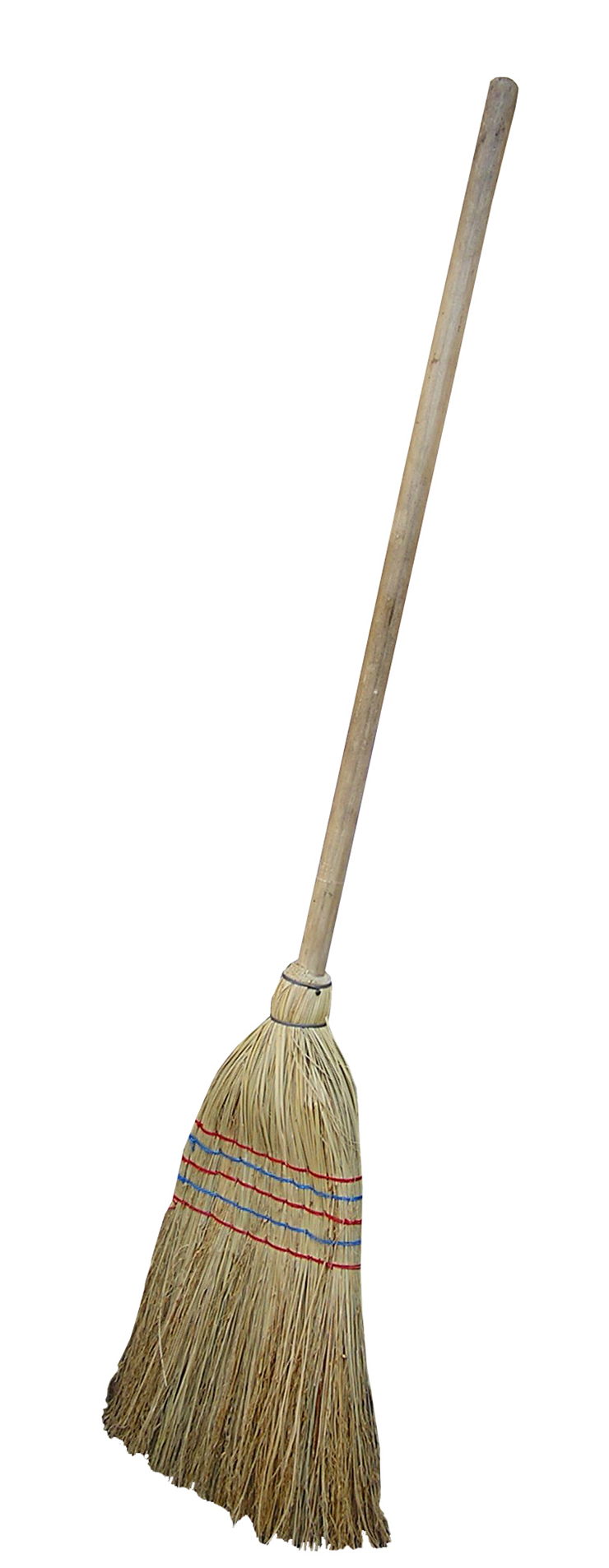Invention and History of Vacuum Cleaners
The vacuum cleaner is an apparatus that creates a partial vacuum and is used to suck up dust and dirt. It uses an air pump to create a vacuum, and it is used to clean floors, but it can also clean other surfaces. What a vacuum cleaner sucks into itself is collected into a dustbag or a cyclone and later disposed of. Today, there are many sizes and models of a vacuum cleaner, from hand-held variants that are powered by batteries to industrial models that can vacuum several hundred liters of dust to vacuum cleaners that are the size (and shape) of a truck that is used to clean large spills or to remove contaminated soil.
Vacuum Cleaner History
Vacuum cleaner is not a modern machine (its beginnings date from the 19th century), and it needed some 100 years to become a part of every household but today we live much healthier that we have it. Read more about history development of vacuum cleaners.
Vacuum Cleaner Inventors
People that developed vacuum cleaner into what we have today were of different type and background. Some were natural engineers, and some were janitors, but that did not stop them to be great inventors.
Vacuum Cleaner Facts
We had many variants of vacuum cleaners throughout history. They all worked on similar principles, but they approached them from different angles trying to solve important problems of efficiency, noise, and health. Read more interesting vacuum cleaner facts.
Vacuum Cleaner Making
Vacuum cleaners are products of the Industrial Revolution in every way. They appeared as a solution to a problem that the revolution caused, but they could not be possible without it. So here is their relationship. Find out more about vacuum cleaner making process.
Brief Vacuum Cleaner History
The first mechanical device for cleaning floors was a “carpet sweeper” invented by Daniel Hess in 1860. It had rotating brush and bellows which generated suction. After that, in 1869, Ives W. McGaffe created "Whirlwind” which had a belt driven fan powered by hand. John S. Thurman invented, in 1898, gasoline powered cleaner that was so big that had to be horse-drawn and didn’t create a vacuum, but it blew the air and “cleaned” like that.
The first vacuum cleaner that used the same principle as those that we use today was invented by Hubert Cecil Booth of England in 1901. Booth was inspired by a demonstration of a Thurman’s machine at the Empire Music Hall in London so much that he tried the idea that he had almost immediately. He placed a handkerchief on the seat of a restaurant chair, put his mouth to the handkerchief and sucked the air in. When he saw how much of the dust gathered on the handkerchief, he knew that his idea has merit. His vacuum cleaner had an internal combustion engine which powered a piston pump which pulled the air through a cloth filter. The whole machine was pulled by a horse, and people called it "Puffing Billy." It was big, and it could not enter buildings and only its tubes were inserted through the windows. His next model was powered by electricity but was also too big and not suitable for individual homeowners so it was used as a cleaning service or it was installed in the building itself.
First cleaning machine that used a vacuum and that could be carried around was designed by Walter Griffiths in 1905. It used bellows to suck up dust and a flexible pipe. James B. Kirby invented vacuum the machine in 1906, called the "Domestic Cyclone”, which used water for dirt separation instead of a filter. The first portable vacuum cleaner that had a motor was a brainchild of James Murray Spangler, a janitor from Canton, Ohio, which invented it in 1907. This machine had a rotating brush, electric fan, a box, and a bag for dust (for which James used one of his wife's pillowcases). He had no money to begin the production of his idea, and he sold the patent to William Henry Hoover in 1908. Hoover redesigned the vacuum cleaner by placing it in a steel box and designing attachments for the hose. He later added disposal filter bags and designed the first upright vacuum cleaner in 1926.
The vacuum cleaner was a luxury at first but after the Second World War middle classes could afford it, and it slowly became a part of many households. Today, we have many different types of vacuum cleaners. Some use filters while other collect dust through cyclonic separation. Some can even collect liquids. There are bigger variants with more power and small, hand-held vacuum cleaners, powered by batteries. Most of them are moved by hand, but there are those that have their moving power or are even robotic.


